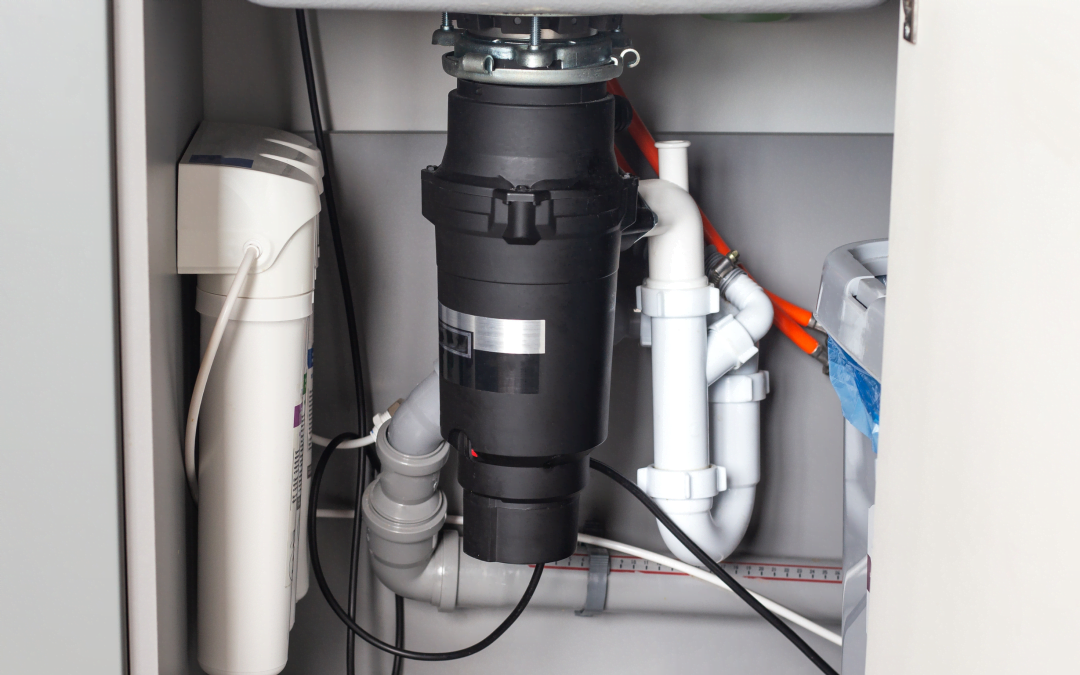Water filtration systems are crucial to ensure that our water is safe and healthy to drink. However, choosing the best filtration system for your needs can take time and effort because there are so many different types of filtration systems on the market.
To assist you in choosing the sort of filtration system ideal for you, learn more as we examine the many filtration system types in this blog post, along with their advantages and disadvantages. So, whether you need a portable option for travel or a whole-house filtering system, we have you covered. But first, let’s explore the many filtering systems available today.
Filter with Activated Carbon
Utilizing chemical adsorption and an activated carbon surface, the processing method of carbon filtering removes contaminants and impurities. Through chemical absorption, each carbon granule or particle offers a sizable surface area or pore structure that removes contaminants. One gram of activated carbon, for instance, has a surface area larger than 3,000 m2 (32,000 sq ft).
Chemical absorption is how activated carbon works. Pollutant particles are absorbed into the pore structure of the carbon substrate, where they are then removed by liquid. Air filtration, agricultural gas processing, and water purification are all common uses for carbon filtering. Other uses for it include the manufacture of respirator helmets, the purification of sugarcane, and the regeneration of gold and silver. Additionally, it’s a component of car and cigarette filters.
A whole house water filtration system provides clean water at every sink in the home, showers, and all other appliances that require water. This provides maximum health benefits for the entire family since water is absorbed through the skin (during bathing and washing).
Reverse Osmosis
When water is forced through a semipermeable membrane to separate certain contaminants, which are subsequently flushed down the sink, reverse osmosis removes those contaminants. The clean drinking water is gathered in a holding tank and then routed into your faucet or refrigerator pipes.
Alkaline/Water Ionizers
Your drinking water is filtered through electrolysis by alkaline/water ionizer water filtration devices. Water is split into two streams, one acidic and one alkaline, by passing it through electrically charged plates. Although alkaline water is better for your hair and skin, this process does not get rid of contaminants or kill bacteria, so it is not the best choice for people who want clean drinking and bathing water.
Ultraviolet
The water in your home contains dangerous germs, which ultraviolet (UV) lamps pierce and kill by concentrating on their DNA nucleus. This renders them remarkably incapable of duplicating. Systems for UV water filtering eliminate 99.99% of dangerous germs without using chemicals or changing the taste or odor of your water. Thus, UV water filtration systems are advised for home owners who are only concerned about E. Giardia, E. coli, cryptosporidium, or other potentially harmful bacteria.
Infrared Water Filter
Heat and light are used by infrared water filters to negatively charge the water. The water is purified and softened throughout this procedure. Reverse osmosis filtration systems are used in conjunction with this method because it does not eradicate pollutants or kill microorganisms.
Best Two Water Filtration Methods
The two most effective water filtering methods are reverse osmosis and activated carbon filtration, which also eliminates microorganisms. The less expensive of the two activated carbon filtering systems require little to no maintenance, offer long-term efficacy, and have very satisfied users.
What Size Filtration System Do I Require?
If a whole-house water filtration system is out of your price range, you have pitcher and sink solutions. It is preferable to filter your water exclusively for drinking and cooking. Although the drinking water in the Charlotte area satisfies standards for potable water, the EPA has identified a number of contaminants found at alarming levels, including chlorine byproducts that are now known to be low-level carcinogenic agents.

